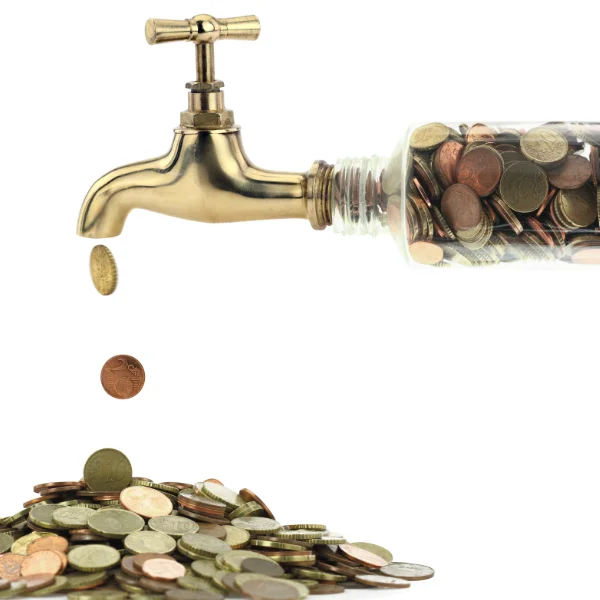The EU Taxonomy Regulation, which has been in force since 2022, aims to assess economic activities in terms of their environmental impact and promotes environmental protection, sustainability, and responsibility, in particular.
It identifies environmental objectives such as climate protection and sustainable water use and requires companies to demonstrate that they consider these objectives in their activities in order to be classified as sustainable.
This regulation provides transparency for investments and promotes sustainable practices in various industries, including the hotel industry.
Recommendation Table 1 according to DVGW – Deutscher Verein des Gas- und Wasserfaches e.V
| Type of tapping point | Litre capacity [l/min] | Frequent litre output in practice [l/min] |
| Washbasin | 4,2 (Norm) | 8 – 10 |
| Shower | 9,0 (Norm), 6,0 possible | 12 – 18 |
| WC: Small and large per flush | 3 and 6 (economy version) | 6 and 9 |
Given the pressing environmental issues, it is essential in the hotel industry to promote ecological, economic, and social sustainability and emphasize the responsibility of both guests and hotel operators.
Many hotels require a significant amount of water daily for activities such as showers, wellness areas, pools, and more.
Unfortunately, almost all guests on vacation do not think sufficiently about water conservation (as it is an included service at no additional cost), while they might do so at home.
This results in the average water consumption per guest per day in hotels being more than double the average consumption in a household, ranging from 250-300 liters.

When you visit any web site, it may store or retrieve information on your browser, mostly in the form of cookies. Control your personal Cookie Services here.